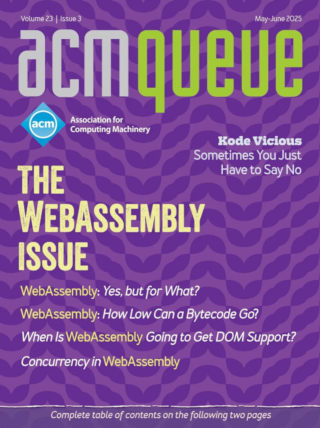Jinnan Guo, Peter Pietzuch, Andrew Paverd, Kapil Vaswani - Trustworthy AI using Confidential Federated Learning
The principles of security, privacy, accountability, transparency, and fairness are the cornerstones of modern AI regulations. Classic FL was designed with a strong emphasis on security and privacy, at the cost of transparency and accountability. CFL addresses this gap with a careful combination of FL with TEEs and commitments. In addition, CFL brings other desirable security properties, such as code-based access control, model confidentiality, and protection of models during inference. Recent advances in confidential computing such as confidential containers and confidential GPUs mean that existing FL frameworks can be extended seamlessly to support CFL with low overheads.
Raluca Ada Popa - Confidential Computing or Cryptographic Computing?
Secure computation via MPC/homomorphic encryption versus hardware enclaves presents tradeoffs involving deployment, security, and performance. Regarding performance, it matters a lot which workload you have in mind. For simple workloads such as simple summations, low-degree polynomials, or simple machine-learning tasks, both approaches can be ready to use in practice, but for rich computations such as complex SQL analytics or training large machine-learning models, only the hardware enclave approach is at this moment practical enough for many real-world deployment scenarios.
Matthew A. Johnson, Stavros Volos, Ken Gordon, Sean T. Allen, Christoph M. Wintersteiger, Sylvan Clebsch, John Starks, Manuel Costa - Confidential Container Groups
The experiments presented here demonstrate that Parma, the architecture that drives confidential containers on Azure container instances, adds less than one percent additional performance overhead beyond that added by the underlying TEE. Importantly, Parma ensures a security invariant over all reachable states of the container group rooted in the attestation report. This allows external third parties to communicate securely with containers, enabling a wide range of containerized workflows that require confidential access to secure data. Companies obtain the advantages of running their most confidential workflows in the cloud without having to compromise on their security requirements.
Charles Garcia-Tobin, Mark Knight - Elevating Security with Arm CCA
Confidential computing has great potential to improve the security of general-purpose computing platforms by taking supervisory systems out of the TCB, thereby reducing the size of the TCB, the attack surface, and the attack vectors that security architects must consider. Confidential computing requires innovations in platform hardware and software, but these have the potential to enable greater trust in computing, especially on devices that are owned or controlled by third parties. Early consumers of confidential computing will need to make their own decisions about the platforms they choose to trust.
Comments
(newest first)



